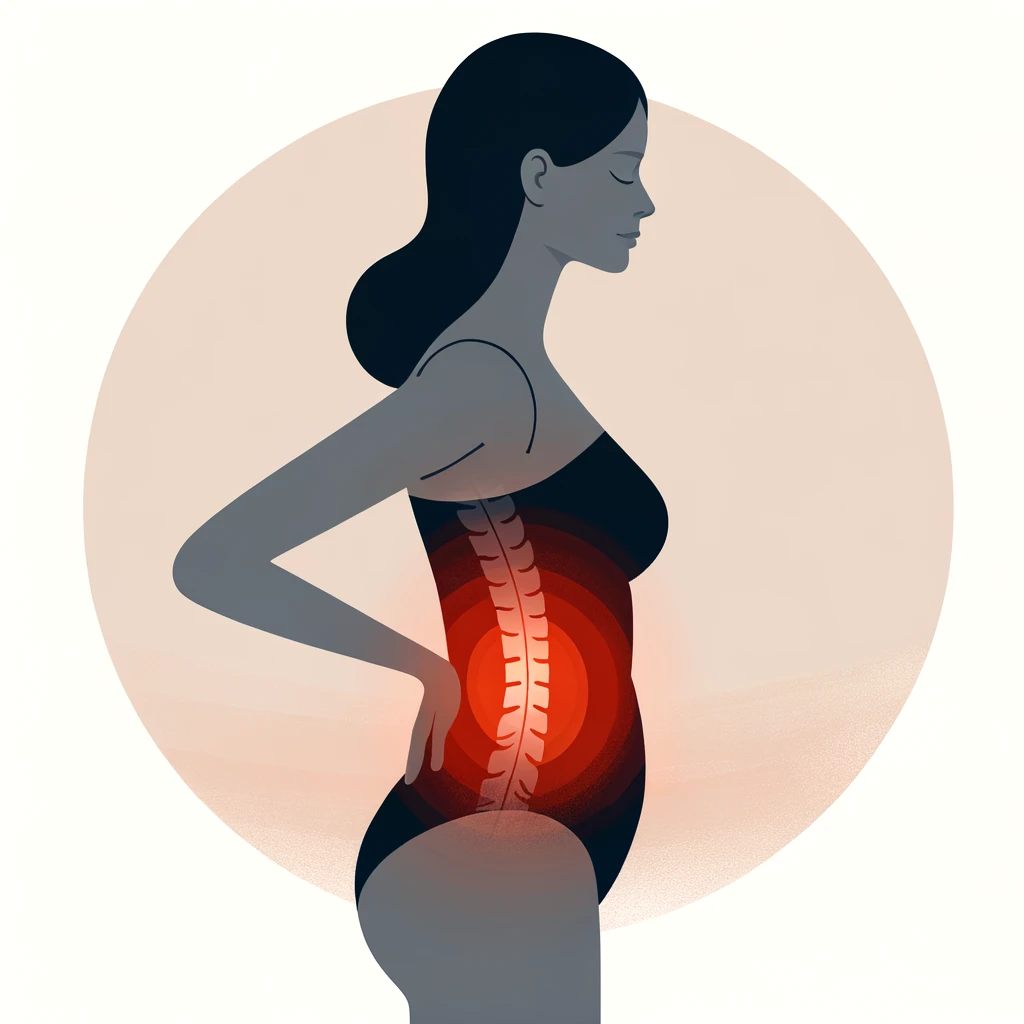Back
Diastasis Recti and Low Back Pain: Are They Related?
By Dr. Christine Martirez PT, DPT on 10/26/2023

Pregnancy is a transformative journey that brings about remarkable changes in a woman’s body. One of these changes can be diastasis recti, a condition where the abdominal muscles separate due to the stretching of connective tissues during pregnancy. While diastasis recti is a common occurrence, it can be associated with various complications, including low back pain.
Understanding Diastasis Recti
Diastasis recti occurs when the two parallel bands of abdominal muscles, the rectus abdominis, separate, creating a gap down the center of the abdomen. This separation can range from a few centimeters to several inches. Diastasis recti is commonly associated with pregnancy, as the growing uterus places pressure on the abdominal muscles and connective tissues, causing them to stretch and weaken. Though the research on positive correlation between diastasis recti and lower back pain is mixed, the implications of diastasis recti can sometimes be attributed to lower back symptoms.
Diastasis Recti can contribute to low back pain in several ways:
Altered Core Stability: The rectus abdominis muscles are essential for core stability. When they are weakened and separated, it can lead to dysfunctions in support of the spine, increasing the risk of low back pain.
Compromised Posture: Diastasis recti and the increased abdominal weight during pregnancy can lead to an exaggerated arch in the low back. This altered posture can strain the lower back and lead to discomfort.
Pelvic Floor Dysfunction: Diastasis recti can impact the pelvic floor, as both the abdominal and pelvic floor muscles work in synergy. Dysfunction in one area can lead to imbalances in the other, potentially contributing to low back pain.
Pelvic Floor Physical Therapy can offer valuable benefits for individuals with diastasis recti and low back pain through:
Assessment: Conducting a thorough assessment to evaluate the extent of the diastasis recti, identify any pelvic floor dysfunction, assess posture and core strength.
Customized Treatment Plan: Based on the assessment, a personalized treatment plan is developed to address diastasis recti, improve core strength, and alleviate low back pain. This plan may include exercises to strengthen the abdominal muscles and pelvic floor.
Postural Education: Proper posture is beneficial for alleviating low back pain. Pelvic floor physical therapists can educate patients on their optimal posture and body mechanics to reduce strain on the pelvic floor and lower back.
Patient Education: Patients are educated about diastasis recti, low back pain, and activity modifications for managing their symptoms and preventing flare ups.
Are you someone that suffers from diastasis recti and low back pain? Call us at Pelvic Health Center in Madison, NJ and set up an appointment with one of our skilled therapists at 908-443-9880 or email us at receptionmadison@pelvichealthnj.com.
Works Cited:
https://www.sciencedirect.com/science/article/pii/S1878875023003091
https://jmpas.com/admin/assets/article_issue/1630957773JMPAS_JULY-AUGUST_2021.pdf
Read More:
Fascial Counterstrain of the Musculoskeletal System By Shannon Strauch, PTA, STMT-1 on 10/21/2024 How treating cartilage and fascia can help reduce joint pain and improve organ function The Impact of Long-Distance Cycling on the Pelvic Floor: Pudendal Nerve and Pelvic Dysfunction By Dr. Christine Martirez PT, DPT on 10/18/2024 Learn how long distance cycling can impact the pelvic floor
Are you ready to live pain free?
Request An Appointment